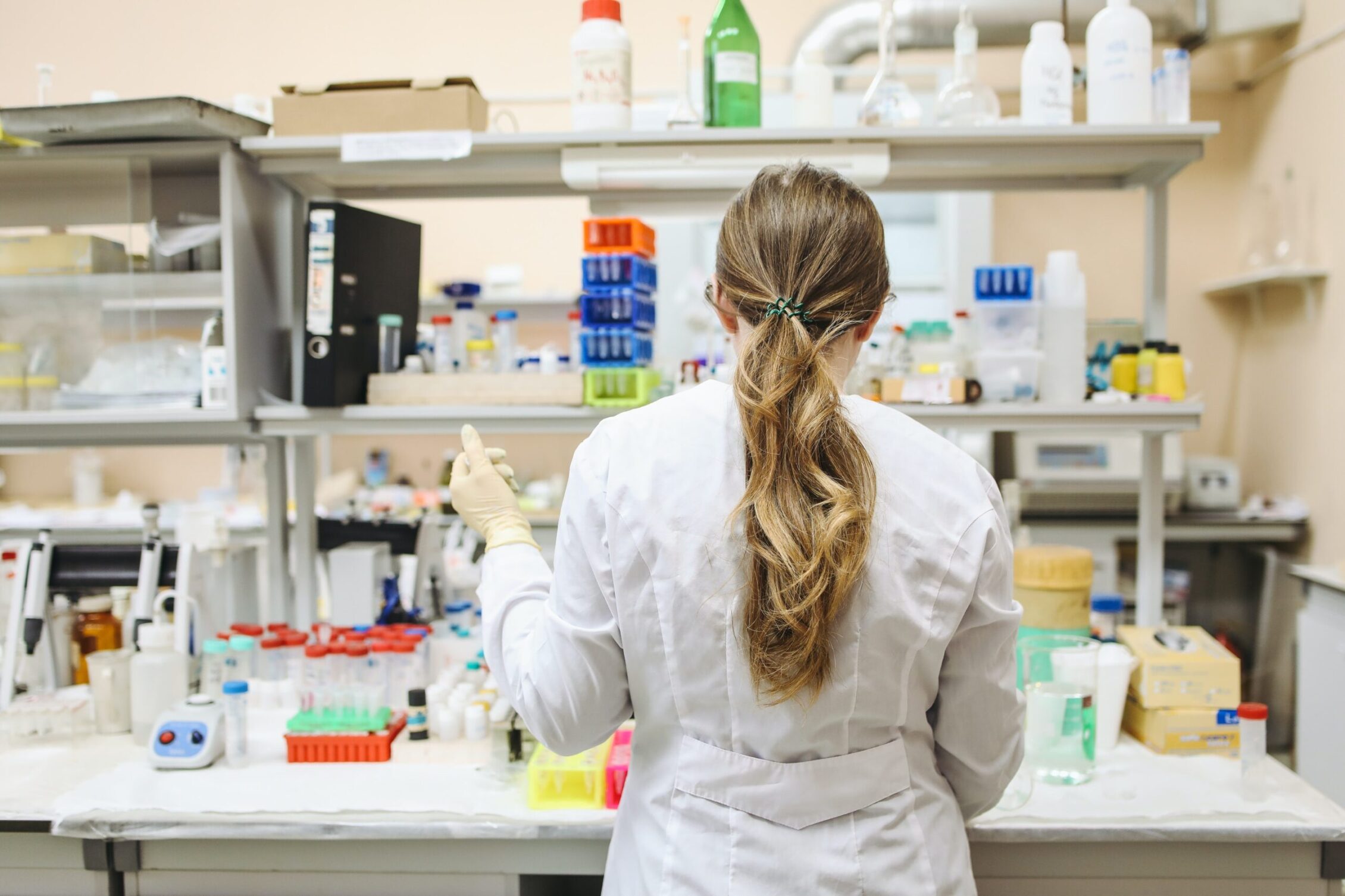Understanding Cell-based Assay Development and Its Uses
Cell-based assays, over the recent years, have made a strong foray across a range of disciplines for life sciences.
However, for anyone looking to get a grasp on understanding cell-based assay development and subsequent uses, it is worthwhile to know different types and their relevance.
Read on!
What Is A Cell-Based Assay?
Drawing a sharp contrast with a biochemical assay where recombinant proteins are analyzed, a cell-based assay is known to measure several different parameters across living cells. It’s more like apoptosis, where the cells are used towards great benefits:
-
Working as a comprehensive unit, it helps in functional analysis
-
It represents both behavior and reaction coming from whole living organisms way better than biochemical assays.
At the very outset, cell-based assays are divided into the following categories:
-
Cell viability assays– These primarily describe the very ability of the cell population to live and are expressed as a percentage.
-
Cytotoxicity assays-With a decrease in cell viability, there occurs an increase in cell death. What cytotoxicity assay does is to describe every ability of an organism to harm the cells, thereby leading to untimely cell death (events like loss of membrane integrity, activation of cell death-inducing enzymes known as caspases)
-
ROS assays- As the name suggests, ROS assay (Reactive oxygen species) is used to measure hydroxyl, peroxyl, and other reactive oxygen species activity within a cell.
-
Migration assays- It is commonly used to help study migratory responses coming from endothelial cells to angiogenic inducers or inhibitors.
Essentially, all cell-based assays are chiefly used towards:
-
Understanding genes, whole or protein cellular functions
-
Understanding the regulatory mechanisms behind the cellular functions
-
Screening any potential biological processes, inhibitors, or inducers, impacting drug development, like localizing a particular event within the cell
Strictly speaking in terms of its use in the biomedical field, cell-based assays cater to a throughput that rests somewhere between low to medium samples, and precisely in drug screening where it is put to use for high-throughput procedures.
Over the last few decades, the evolution of cell-based essays has taken a leap – from 2D layer adherent monoculture to multicellular assays within a 3D setup. Some approaches do require using tags for enabling readouts that come with “absorbance, fluorescence or luminescence measurements”. Some others also allow for label-free evaluation.
Extended Use Of Cell-Based Assays In Life Science Research
For all sorts of life science research, cell-based assays have a common aim of unraveling mechanisms that lay the very basis of biochemical processes. This applies to both pathological as well as physiological states.
Besides, the cells are being used towards building blocks across biomanufacturing of sophisticated cell-based constructs, which in turn mimics in-vivo solutions from close squatters, thereby making them worthy to be put to test.
That’s not all! A cell-based assay also finds its use across several stages of drug development; a prerequisite designed to test a particular drug candidate for defined, cell-based in-vitro experiments before one can move to test on animals or clinical trials at a later stage of the research.
That brings us to the central question of drug discovery which generally has to do with the biological activities of the test.
In other words, the “potency” of a particular drug can also be put to test using a cell-based assay during the development stage, where it is used for the “hit finding”; or identification of a drug for all confirmed activities planned against a biological target. This is quite a significant step as a lot depends on complex biological processes coupled with comprehensive screening libraries as well as several drug platforms that are innovative to the core.
Finding Its Way In Lead Optimization During Drug Development
Generally, in a drug development process. It becomes widely important to do away with adverse reactions coming from screened drugs (cytotoxic effect). So, drug developers resort to cell-based assays chiefly for cytotoxicity quantification as well as cell death caused by several test compounds.
Further, all screened drugs go through a cycle of complementary cell-based assays, particularly for drug discovery campaigns that can maximize potency and thereby selectivity minimize toxicity.
In time, a cell-based assay has also been used for detailed investigations that form a part of drug development, where it allows the MOA (Mechanisms of Action) to break free. When it comes to proving a drug’s biological activity, the off-target interactions are to be minimized by all means. This is because several drugs, during the later clinical trials, are known to fail which is again due to side effects that are unanticipated across complex systems.
Although a cell-based assay is not enough to prevent this completely, it can, at a much earlier stage, help identify such drugs, which offers a cue for drug target validation in the discovery phase itself.
The Road Ahead With Cell-Based Assays
Undeniably, come-of-age tech in cell-based assays has made it possible to look past the recurring limitations associated with the development and discovery of a drug.
With the latest genome editing tools, it thus allows for seamless mutation engineering. Knock-ins and knockouts for specific reporters, 3D culture, and co-culturing of cells to help mimic several biological environments. This, in turn, offers relevant information in line with Vivo-cellular studies.




